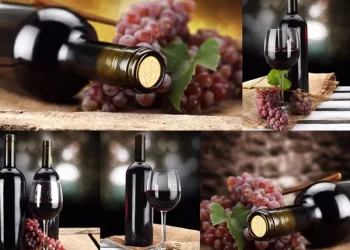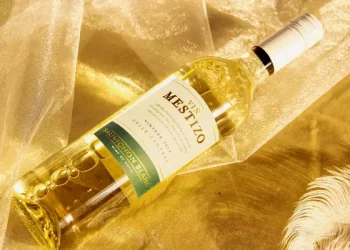Oxygen is one of the substances that promote the aging of wine.
Wine aging is a slow oxidation process that changes the flavor and aroma of the wine and changes the color of the wine.
However, if the level of oxidation is too high, the wine will “peroxidation” and become defective wine.
The obvious signs of oxidation present in wines, such as some Sherry and Jura wines, can sometimes have a beneficial effect.
In the general process of wine production, winemakers have been trying to combat oxygen.
To reduce the rate of oxidation and the risk of spoilage, most winemakers add sulfide to their wines as a preservative.
So where does the oxygen come from in the aging process?
Here is a long-standing controversial issue – cork oxygen permeability.
One of the most debated topics is the difference between a “natural” cork and a screw cap.
The PRODUCERS of natural corks say that “THE OXYGEN permeability of natural corks is an important part of the aging process of fine wines, which screw caps simply do not”.
The rate of oxygen transfer is usually defined very precisely in order to distinguish it from a product developed by screw cap manufacturers that delivers a small amount of oxygen through a silicon pad in the screw cap.
In fact, the oxygen provided by the natural cork is only one way to obtain oxygen during the aging process of the wine.
Now, researchers have begun to investigate what might be an even more important source of oxygen in wine.
Oxygen can be dissolved in liquids, similar to carbon dioxide in champagne.
Generally speaking, wine contains only a small amount of dissolved oxygen.
When bottled, the dissolved oxygen in the wine is increased by means of pumping, piping, and faucets.
The latest findings suggest that the “pocket of air” between the cork and the liquor is also a very important source of oxygen.
This oxygen is sometimes referred to as headspace oxygen (HO).
How much oxygen is in the pocket of air depends largely on how the wine is bottled.
Some manufacturers, however, fill the air pockets with inert gases to eliminate oxygen from the bottle altogether.
Dissolved oxygen and air pockets are the total oxygen content in wine.
A study by the Australian Institute of Wine Studies (AWRI) shows that 60 to 70 percent of the total oxygen content comes from the air pocket, which is a larger proportion than the oxygen delivered through the bottle stopper.
In other words, the aging process depends more on how a wine is bottled than on the permeability of the cork.
The latest market dynamics at any time to see, please pay attention to.












































